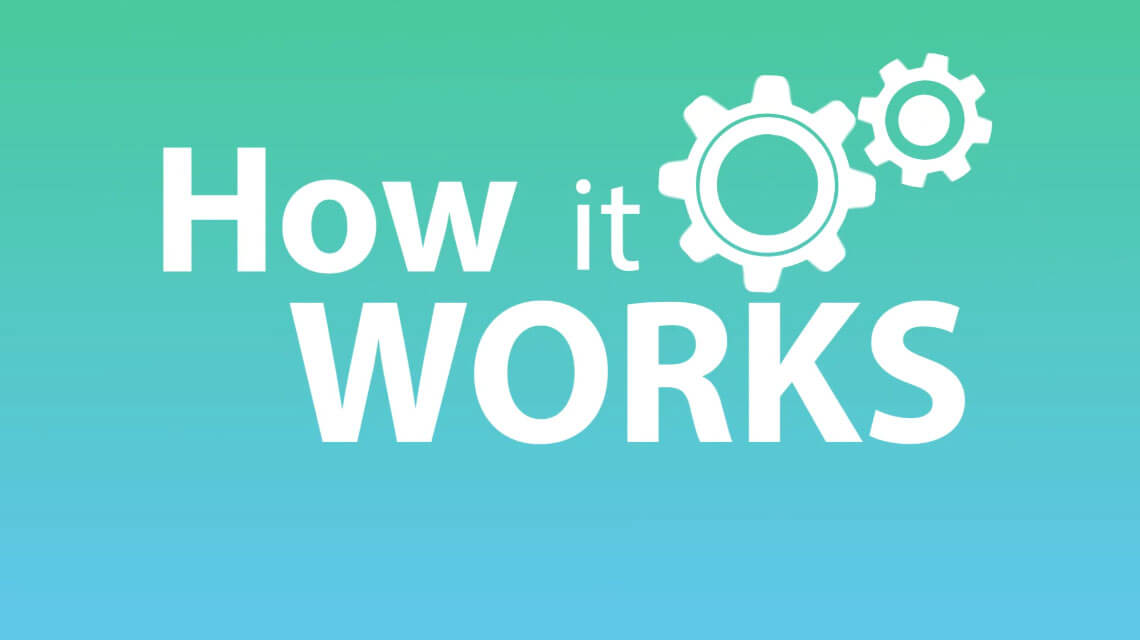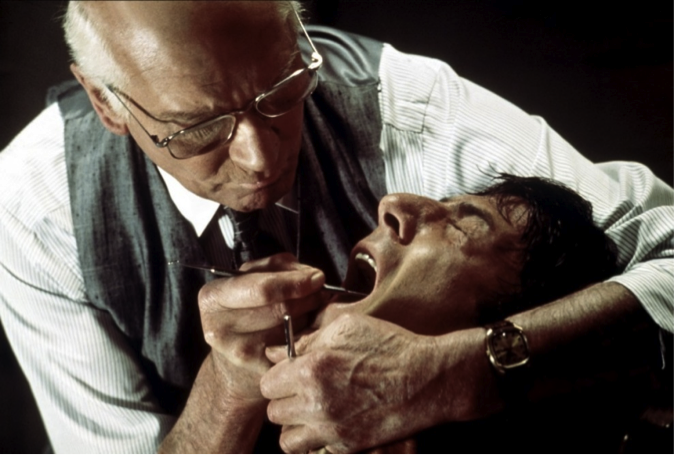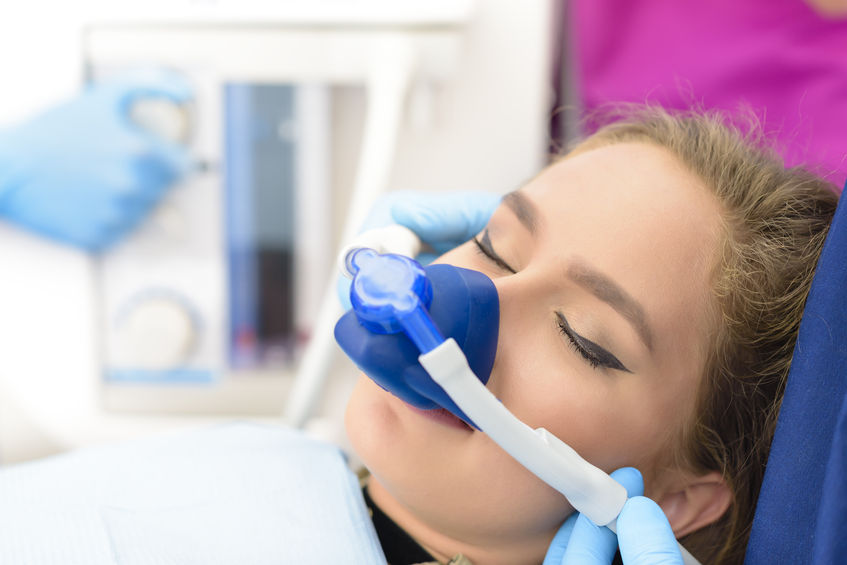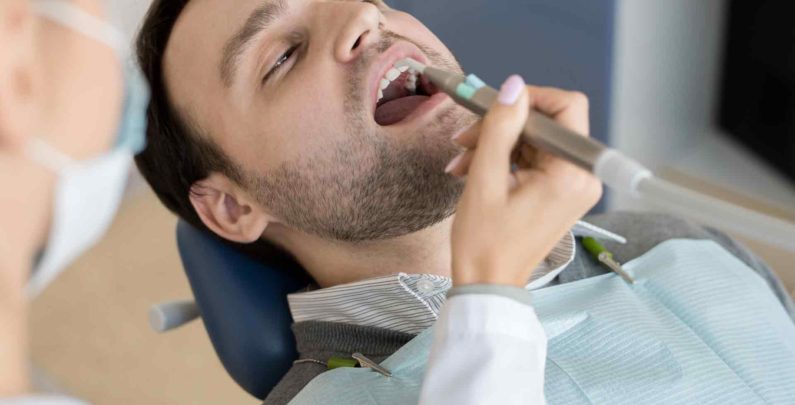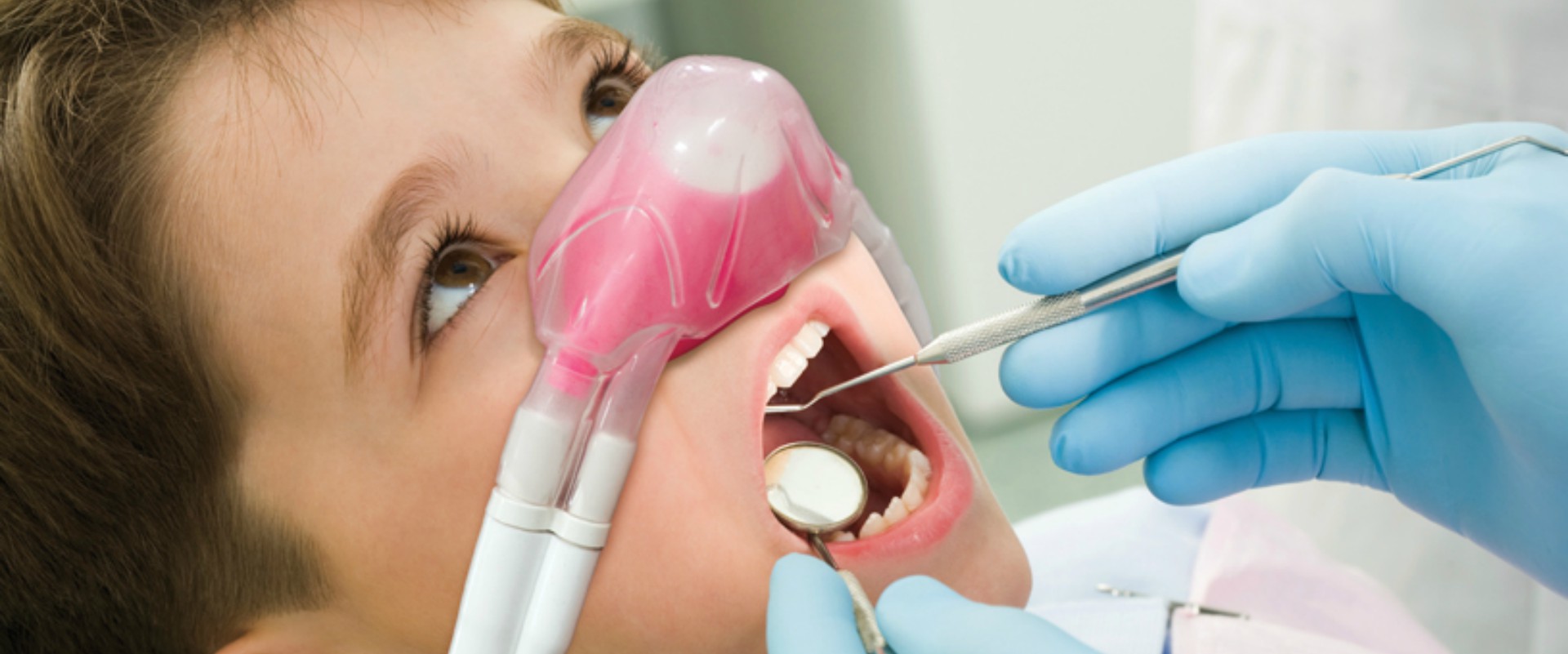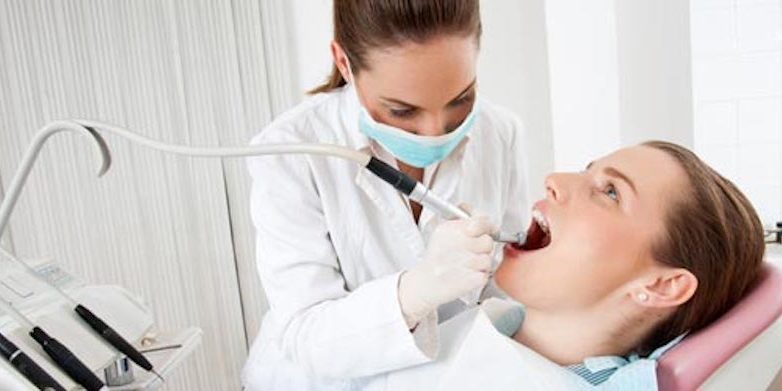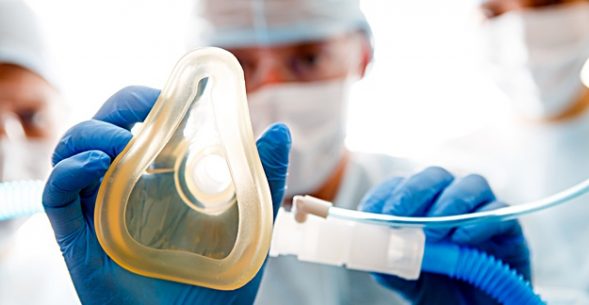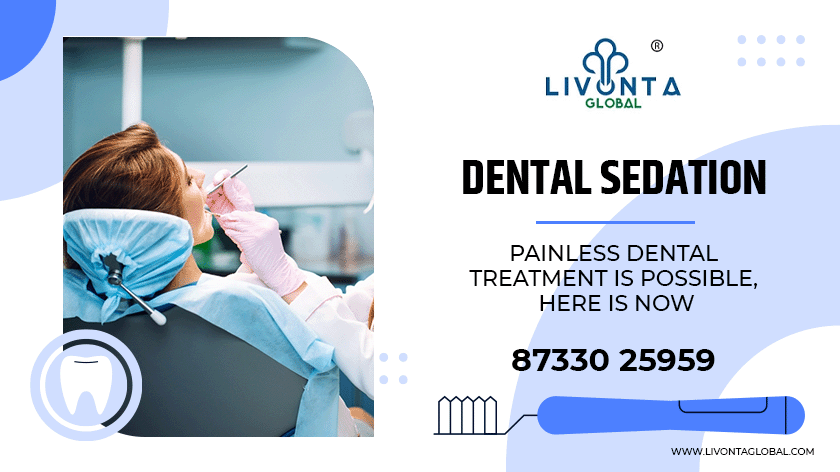
Dental Sedation: Painless Dental Treatment is Possible, Here is How
There actually exists a word like dentophobia or odontophobia which literally means fear of dentists. There are lots and lots of people who are afraid of going to a dentist. They fear the pain involved in the dental treatment. What if we tell you that we have a solution for this? It is known as dental sedation. After knowing about it, you might never cancel your appointment with the dentist. You need not shell out extra money for that. Livonta Global helps you get excellent dental treatment in India and teeth implants in India at reasonable rates.
How does It Work?
(image courtesy:medinivo.com)
Dental sedation helps patients relax before dental procedure by relieving fear, stress and anxiety. It is observed that out of fear, many people avoid going to the dentist and suffer from long term dental problems. Sedation greatly helps in dental procedures like tooth extractions, removal of wisdom teeth, oral surgery, periodontal surgery, treatment of abscessed tooth, root canal and dental implant.
Is It Safe?
(image courtesy:icardiobrief.org)
You must be thinking that if dental sedation is safe or whether it has some side effects or not. World over, sedation is used by well trained and qualified dentists. They check a patient’s medical history, current health conditions before recommending sedation. So, if your doctor is suggesting you to opt for sedation, it should be totally safe for you. In several cases even small kids need to get through extensive dental treatments like root can due to cavity and plaque. Dentists also suggest sedating for kids. With the help of paediatric dental sedation, dentists can complete long dental procedures without hassles.
What Types of Sedations are There?
(image courtesy:shutterstock.com)
In order to alleviate a child’s anxiety before going to the dentist, parents themselves must understand the procedure of dental sedation. There are several types of sedations. The dentist will give you instructions about eating and drinking before the procedure based on the type of sedation he has recommended as per the age of your child. Generally, nitrous oxide (laughing gas) inhalation is used as sedative for children. It is meticulously administered by the doctor. Some doctors give liquid medication for sedation. When needed, dentists may opt for intravenous or intramuscular sedation. Do not worry, it is carried out only in the presence of a trained anaesthesiologist.
How does It Feel?
(image courtesy:westclairdental.com)
Not only children but also adults tend to get nervous before dental treatment. If your child is nervous, you must help them understand that sedation is safe and their dental procedure is going to be painless. Tell them that it feels like falling asleep. After sedation, when kids wake up, it feels like they have woken up after a long nap. It is essential for parents to keep calm and give their kids assurance and mental support.
In dentistry, mainly four types of sedations are widely used. It includes inhaled sedatives, oral sedatives, IV sedation and general anaesthesia. Based on the patient’s condition and type of treatment, the dentist will choose the type of sedative. Have a quick look at them.
Inhaled Sedative
(image courtesy:canberradental.com.au)
Nitrous Oxide or the laughing gas is used widely as inhaled sedative. Patients are asked to inhale it through a mask. It relaxes patients but does not put them to sleep. As per requirement, a dentist can control its level.
Oral Sedative
(image courtesy:milehighsmiles.com)
In oral sedation, a pill or liquid is given to the patient an hour before the treatment. This is used for minimal or moderate sedation. Patient might feel drowsy but awake. Some people may also fall asleep.
IV Sedative
(image courtesy:ssmirandadental.com.au)
IV sedation is chosen when the patient is too anxious. It is administered through the vein and has a quick effect. It can be adjusted throughout the procedure. It is used by only specially trained professionals.
General Anaesthesia
(image courtesy:medshadow.org)
The fourth type of sedation is general anaesthesia. It is used only when it is highly needed. Also known as deep sedation, it makes the patient nearly or completely unconscious. The patient may take time to wake up after general anaesthesia.
Dental sedations are optional and it is totally up to the patients. Some people may need sedatives for simple cleanings while some can go through more difficult dental procedures with a minimum amount of sedatives.
Dental TreatmentTags: dental treatment in india, General Anaesthesia, Inhaled Sedative, IV Sedative, Oral Sedative

